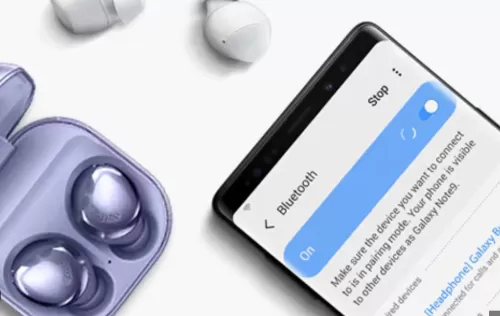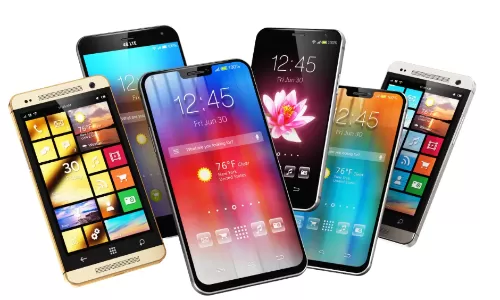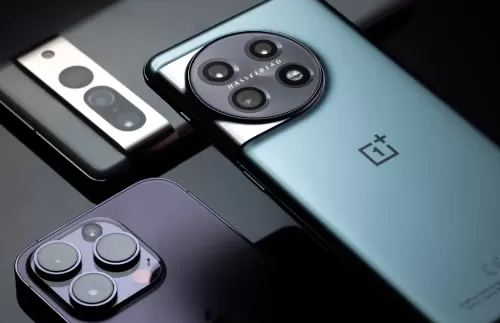Related searches

Whether you're listening to music, taking calls, or gaming, these headsets have evolved to meet the needs of modern users. This article delves into the technology behind wireless Bluetooth headsets, their key features, benefits, and considerations when choosing the right one for your needs.
The Technology Behind Wireless Bluetooth Headsets
Bluetooth technology is at the heart of wireless headsets, enabling devices to communicate without the need for physical connections. Bluetooth operates on the 2.4 GHz ISM band, which is globally available and unlicensed, allowing for short-range, low-power wireless communication. This technology has evolved significantly since its inception, with the latest versions offering faster data transfer rates, improved range, and better audio quality.
Key Versions of Bluetooth:
Bluetooth 4.2: Introduced in 2014, this version brought improvements in data transfer speed and power efficiency, making it suitable for battery-powered devices like headsets.
Bluetooth 5.0: Released in 2016, Bluetooth 5.0 doubled the range and increased the speed of data transfer compared to its predecessor. It also introduced features like audio sharing, allowing users to stream audio to multiple devices simultaneously.
Bluetooth 5.1 and 5.2: These versions introduced enhancements like better location tracking and more efficient audio streaming, particularly beneficial for low-latency applications such as gaming and high-definition audio playback.
Key Features of Wireless Bluetooth Headsets
Sound Quality:
Audio Codecs: The sound quality of Bluetooth headsets is influenced by the audio codecs they support. Common codecs include SBC (Subband Coding), which is standard across devices, AAC (Advanced Audio Codec) for higher-quality sound on Apple devices, and aptX/aptX HD, which provide better sound quality on supported Android devices.
Noise Cancellation: Active Noise Cancellation (ANC) is a popular feature that reduces background noise, making it ideal for use in noisy environments like public transport or offices. Some headsets also offer passive noise isolation through their design and fit.
Battery Life:
Listening Time: Battery life is a crucial factor, especially for users who need all-day performance. Most wireless Bluetooth headsets offer between 15 to 30 hours of playback time on a single charge, depending on whether features like ANC are enabled.
Charging Options: Many modern headsets come with fast charging capabilities, providing several hours of use from just a few minutes of charging. Some models also support wireless charging, adding to their convenience.
Comfort and Fit:
Design: Wireless headsets come in various designs, including over-ear, on-ear, and in-ear models. Over-ear models generally offer the best sound quality and comfort for long listening sessions, while in-ear models are more portable and suitable for active use.
Adjustability: Look for headsets with adjustable headbands, ear cups, and multiple ear tip sizes to ensure a comfortable fit that suits your preferences.
Connectivity and Range:
Multipoint Pairing: Many Bluetooth headsets now support multipoint pairing, allowing users to connect to two devices simultaneously. This feature is particularly useful for switching between a smartphone and a computer without needing to disconnect and reconnect.
Range: Bluetooth 5.0 and later versions offer extended range, typically up to 100 meters (328 feet) in ideal conditions. However, obstacles like walls and interference from other wireless devices can reduce this range.
 Cleaning in America: High Demand, Labor Shortage, and Lucrative Income Opportunities
Cleaning in America: High Demand, Labor Shortage, and Lucrative Income Opportunities Top Flexible Work Schedules to Try in 2025
Top Flexible Work Schedules to Try in 2025 Discover the Perfect Swim Spa for Your Lifestyle
Discover the Perfect Swim Spa for Your Lifestyle Exploring Free Mobile Phones: What You Need to Know
Exploring Free Mobile Phones: What You Need to Know How to Save Big on Mobile Phones: Current Discounts and Offers You Shouldn't Miss
How to Save Big on Mobile Phones: Current Discounts and Offers You Shouldn't Miss



